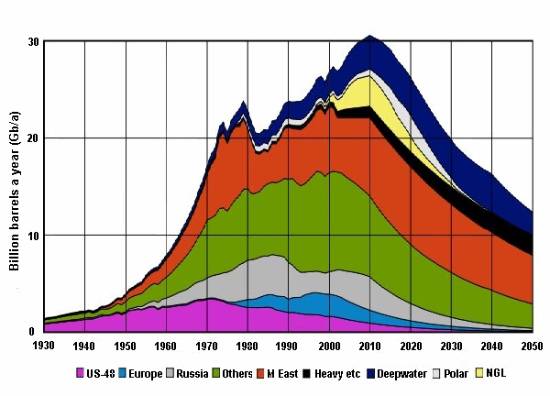Rystad Energy, a renowned energy research company headquartered in Norway, has made quite a statement recently: “Global recoverable oil reserves hold steady at 1,536 billion barrels; insufficient to meet demand without swift electrification”.
In plain English: although there is still plenty of oil out there, it is physically not enough to meet demand, unless we rapidly electrify everything. There are a couple of things to unpack here, so let’s address them one by one.
Before we go into the weeds, though, let me add some context first. The world consumes around 30 billion barrels of oil (1) each year, which, in theory at least, indicates that we still have 51 years left till we suck all proven and probable reserves dry. Oil is not a ‘product’ rolling off from a manufacturing line, though. It is a finite natural resource with its own set of limitations. After drilling a well oil starts to flow at a relatively moderate — but ever increasing — rate, but only up to a certain point (when roughly half of the oil in that given well is still underground). From that point on, however, pressure starts to drop and the flow gradually slows to a mere trickle. To delay this slow-down in production, oil companies push more and more water and/or CO2 underground to force the remaining oil to the surface, until the effort is no longer worth it. Keeping the equipment pumping burns a lot of energy and machine time, while it returns an ever smaller amount of oil every day. Thus, after reaching an economic cut-off point, the well gets plugged and abandoned, in many cases with quite some oil left in it. The same is true in aggregate to an oil field (or province), and if added together, the world in total. This leaves us with a more or less smooth bell-curve, with its highest point marked as peak oil, after which production is expected to fall. Not in a crash and burn manner, mind you, but rather following a long and undulating path back to zero in a multiple decades time.




